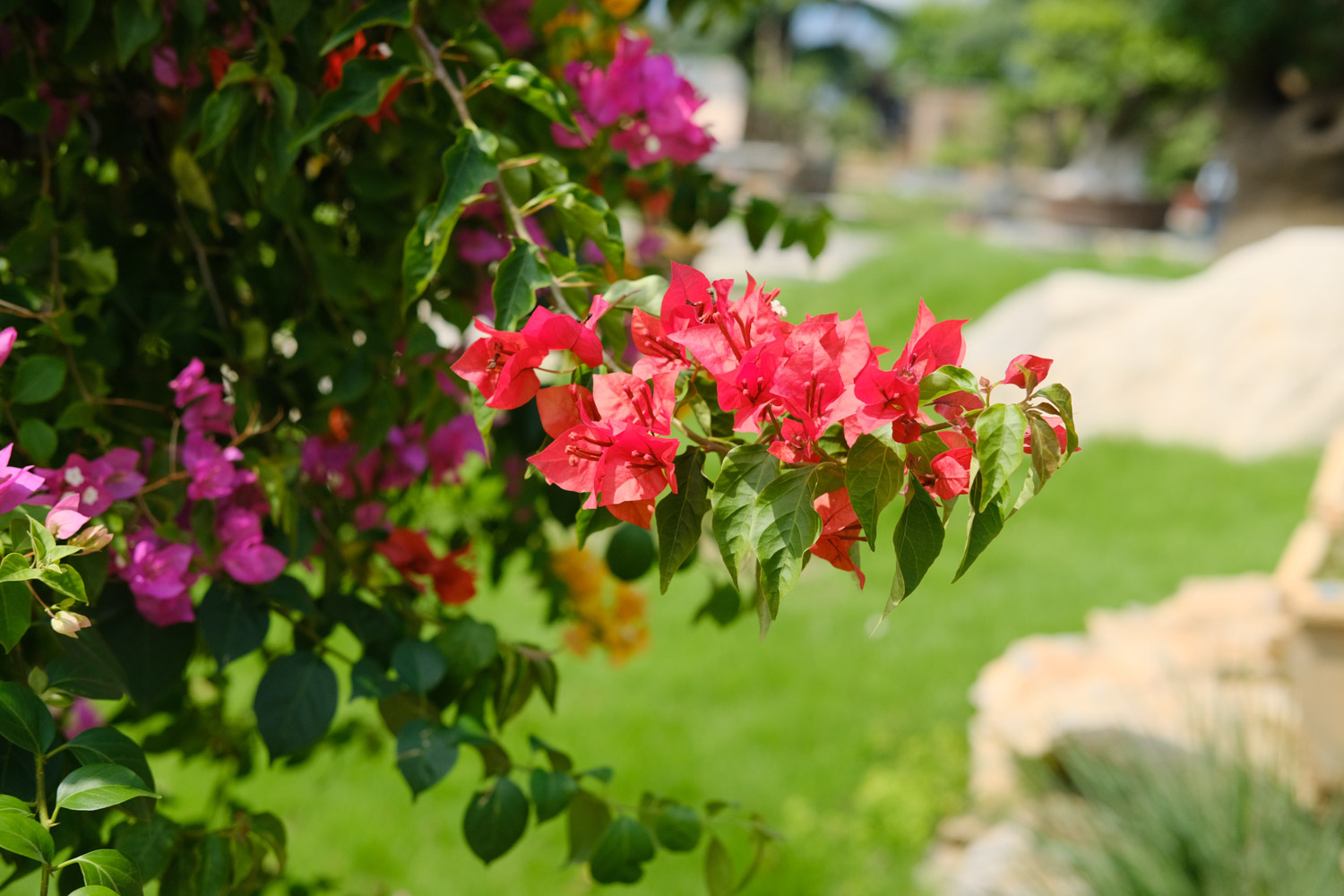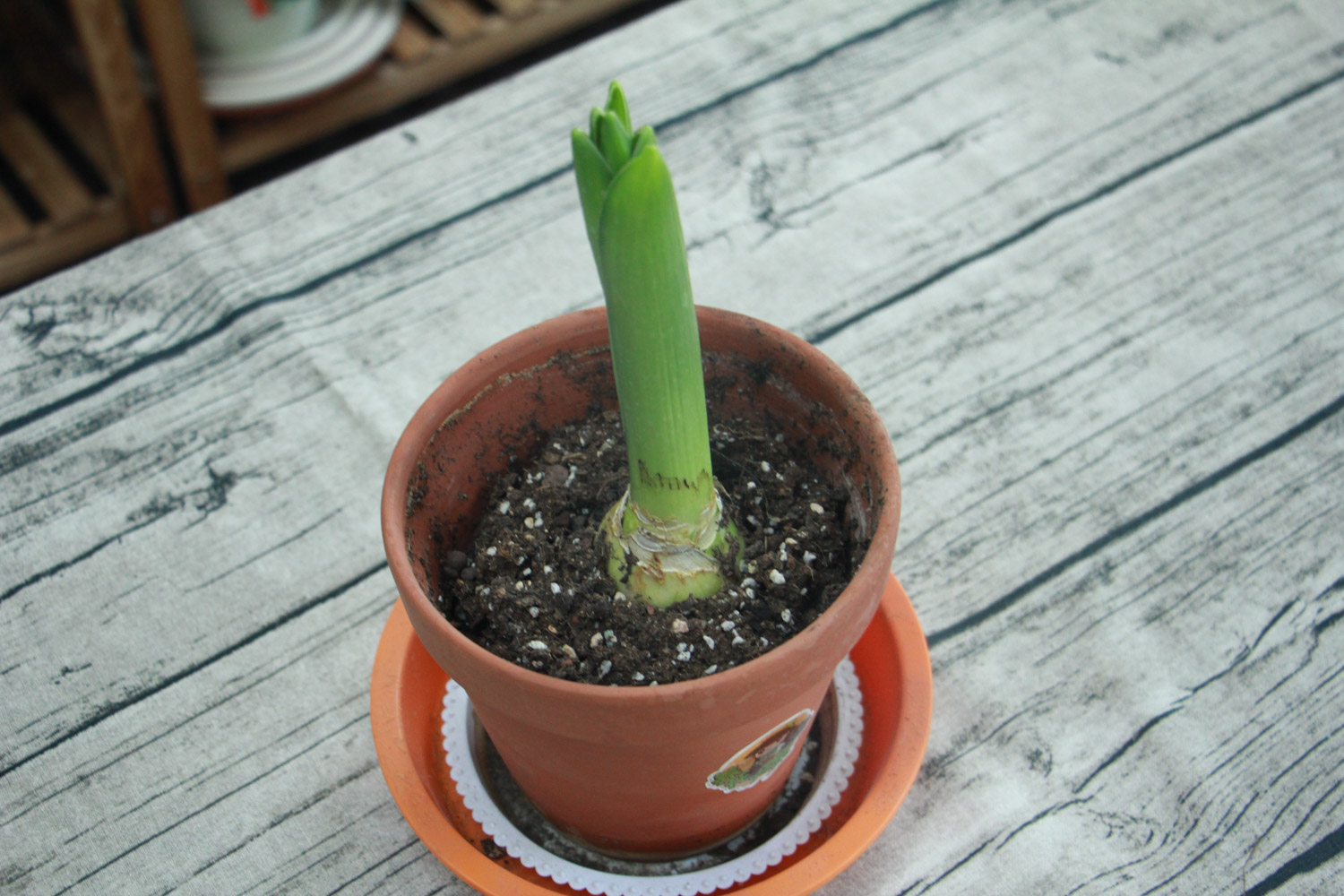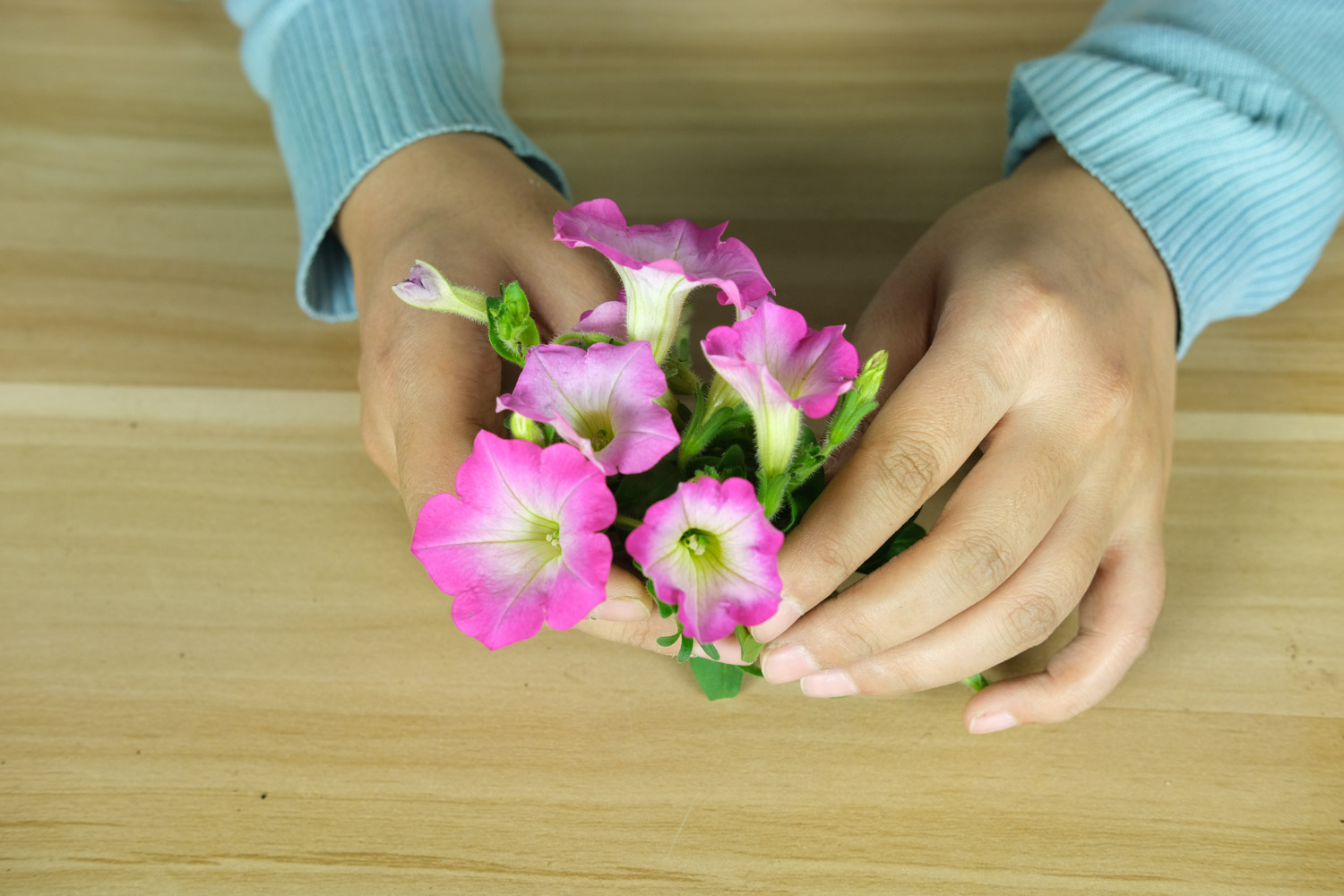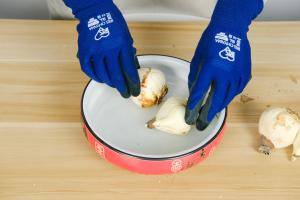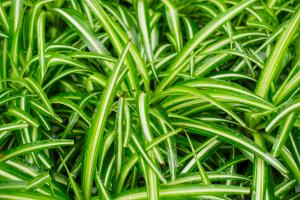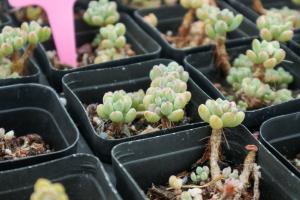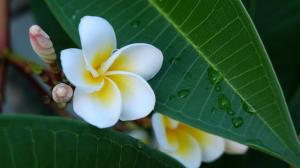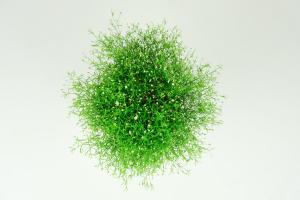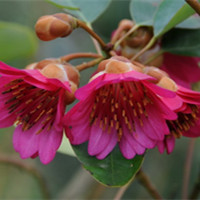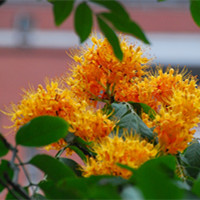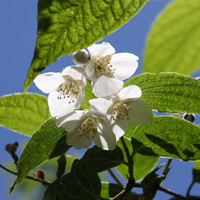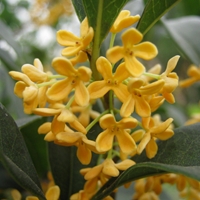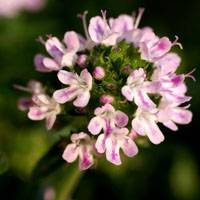Another name for thyme
Thyme is a semi shrub woody plant. It is also known as "ground pepper", "mountain pepper" and "Musk grass" in China
Morphological characteristics of thyme
The stems of thyme are mostly ascending or creeping, with short pubescence, and the height of flower branches is about 1.5-10 cm
The leaves of thyme are oval, with 1-2 pairs of small serrations on the edge. There are no hairs on both sides of the leaves, and the petiole is more obvious
When thyme blooms, the inflorescence is capitate, with many flowers and few flowers. The color of corolla is mainly purple and red, about 6.5-8 mm long, with sparse and short pubescence
Thyme nuts are flat oval or round, indicating that they are very smooth
Growth habit of thyme
Thyme is suitable for growing in a dry and warm environment with sufficient light
There are few requirements for soil conditions. Only calcareous soil with loose soil and good drainage is needed
Thyme mostly grows in slopes, mountains, valleys and weeds at an altitude of about 1100-3600 meters
Value and use of thyme
Ecological value: Thyme has strong environmental adaptability and can resist most diseases and pests. It also has the characteristics of many flowers, fragrant smell and long flowering period. It is a very common ground cover plant in landscaping. It is also widely used in areas with serious soil degradation and plays an important ecological function
Medicinal value: Thyme has been used as medicine as early as the Northern Song Dynasty, and its efficacy has been recorded in many Chinese Medicine Classics. For example, it can be used to relieve pain, solve dyspepsia, promote cough and phlegm, etc
Edible value: thyme is sweet and fragrant. It is a natural seasoning that has been used for a long time. Thyme powder can be added during cooking to remove fishiness and enhance flavor
The flower language of thyme
The flower language of thyme is "courage", which symbolizes a brave and tenacious life


